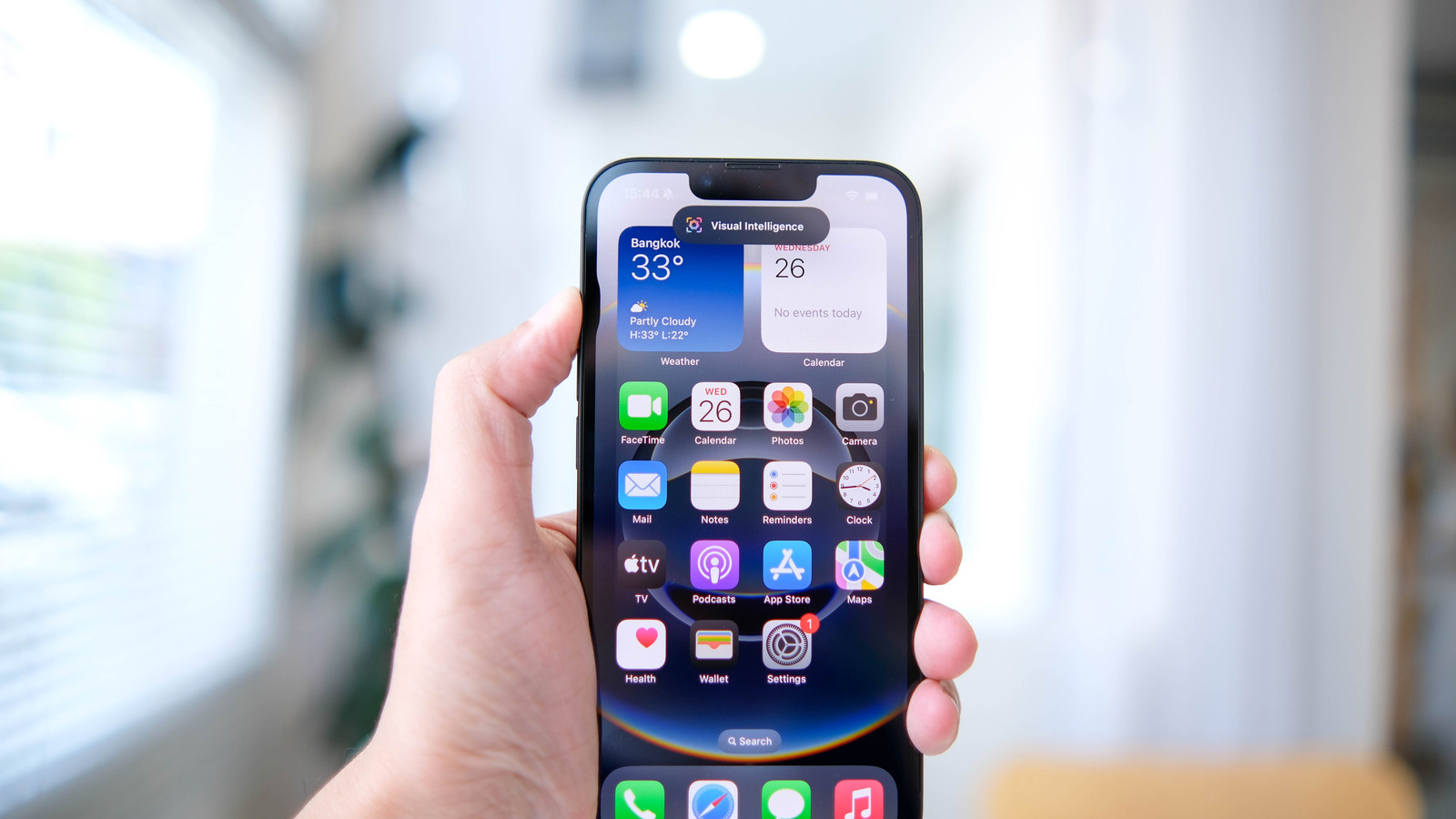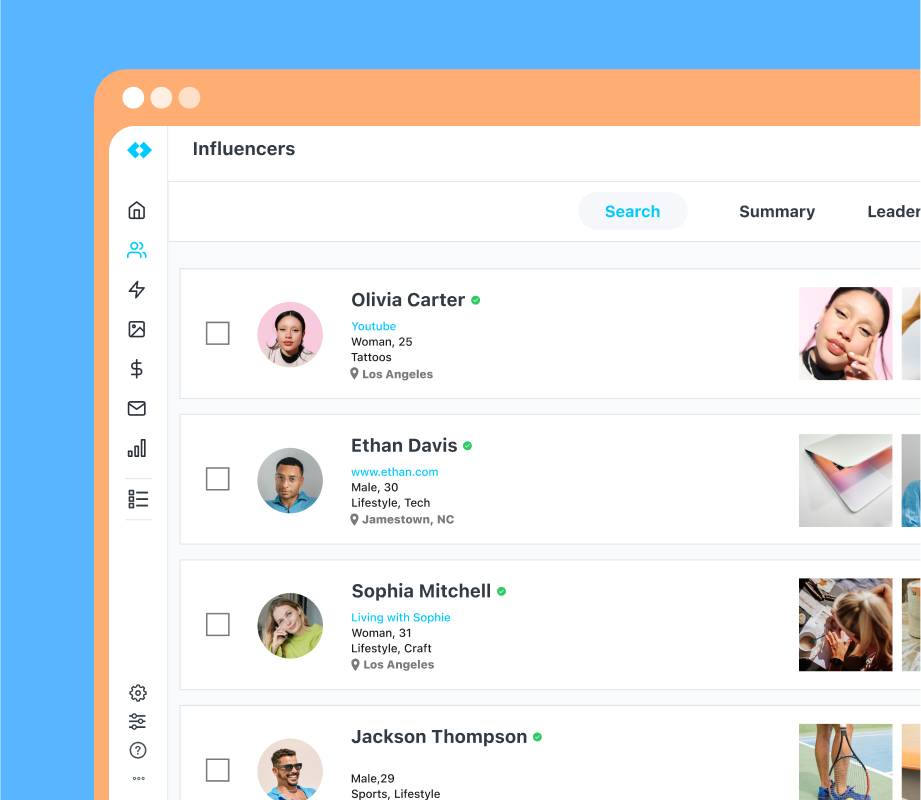Although Eswatini—a country of 1.2 million people—is still catching up with more established African central banks, its central bank is overhauling the payment system by building interoperability from the start across all major players. This includes the four commercial banks—First National Bank (FNB) Eswatini, Standard Bank Eswatini, Nedbank Eswatini, and Eswatini Bank—and the newly licenced Building Society, and three mobile money operators, including MTN MoMo and Instacash.
On Wednesday, I spoke with Sabelo Gama, Deputy Director of Operations for Payments at the Central Bank of Eswatini (CBE), about the country’s push to build an interoperable instant-payments system. The CBE is also preparing to move into new offices about 12 kilometres from Mbabane, where construction is underway for a 22-storey headquarters.
This interview has been edited for length and clarity.
Eswatini’s mobile money growth is strong. How is the CBE balancing rapid innovation by non-bank players with the need to protect consumers and maintain financial stability?
Our latest data shows financial inclusion at about 87%. Ten years ago, most activity sat around the 50% mark and came from the banking sector. The jump has come from mobile money. Non-bank providers drove most of the gains, and banks have since responded by launching their own wallets. The market now has a mix of mobile money operators and bank-led products.
We can start from the consumer’s point of view. People should move their money freely, so interoperability is key, which means customers shouldn’t be locked into one provider. We also regulate how agents work. In this case, agents can’t sign exclusive agreements with a single operator. This keeps the market open and avoids behaviour that would limit choice or competition.
We also set clear rules for complaints. Each provider must follow defined steps for handling disputes. Our national switch supports this process by tracking cases and enforcing response timelines. The goal is to keep the market open, safe and fair while letting new products grow.
As Eswatini builds its instant payments system, how will the CBE ensure it connects everyone and not just banks, but mobile wallets and fintechs as equal participants from day one?
One of our early gaps was that most payment infrastructure had been built for banks, yet banks don’t reach most people. Mobile money covers far more of the population, but its link to bank-owned systems was limited. The switch (Eswatini Payment Switch or EPS) was designed to close that gap from the start.
We built interoperability into the project, where all banks and mobile money providers were part of the governance group. The central bank funded the project, but both sides shaped the technical work. That helped us design a system that serves everyone, not only the incumbents.
Connection timelines varied because each provider had different systems and capacities. We issued clear regulatory expectations to keep the onboarding process moving.
In total, we have eight participants: four banks, three mobile money providers and Building Society (which received a banking licence in October). The final participant goes live this coming weekend, so at that point, everyone in the country will be reachable on the switch.
The first phase was about getting every provider connected. The next phase is about reaching the channel level, making sure people can send and receive from every channel their provider offers.
Talk me through the onboarding process of a new fintech or mobile money service provider in Eswatini.
A new mobile money provider must first go through our licencing process. The National Payment Systems (NPS) Act of 2023 sets out our powers and the obligations for payment system providers, participants and anyone operating in the value chain. We are also finalising regulations that spell out timelines, documentation and detailed requirements, but for now, we use our mobile money guidelines.
The applicant submits core documents that cover ownership, directors, the business model and how the firm plans to operate. We then involve other units inside the central bank. Market conduct reviews pricing and the proposed model. The payments team checks how customer funds will be protected and where the trust account will be held. Our financial integrity unit looks at anti-money laundering (AML) controls and the processes the firm will rely on.
Once approved, the firm receives a provisional licence. That stage lets them operate with close monitoring. They must submit regular data on volumes, values and other indicators through our reporting system. We track performance and compliance as they scale.
This regime is lighter than banking rules by design. It lowers barriers to entry, but it doesn’t open the door to anyone. Applicants must meet security, governance and operational standards before joining the ecosystem.
Many citizens have mobile money accounts but use them mainly for P2P transfers. What are the biggest barriers preventing broader use for payments, savings, or credit?
Most mobile money services started with peer-to-peer (P2P). As they grew, they added bill payments and small credit products. One provider offers limited credit today (MTN). Some government payments already flow through mobile money, but only through one provider. From a regulatory point of view, it needs to move onto the switch so every provider can support those use cases.
The main barrier is the limited range of things you can pay for inside the wallet. People send money, then cash out because most real transactions still happen in cash. That cycle weakens digital savings and makes it harder for new services to take off.
Our focus now is on building a broader digital ecosystem, which means person-to-government and government-to-person payments. It also means merchant acceptance, so that people can pay directly from their wallets. We are working on domestic e-commerce through open banking and bringing in payment gateways.
The aim is to give people enough reasons to keep money in their wallets. Once that happens, products like savings and credit can grow on a stronger base.
Beyond the Payment Systems Act, what legal or regulatory updates are most urgent to support digital finance, especially for remittances, data privacy, and digital identity?
The Payments Systems Act is still new, so many foundations are already in place. On data protection, the Data Protection Act of 2022 sets the rules we rely on. When payment activities touch personal data, providers must follow that law.
Digital identity sits across several institutions. The national digital ID is managed by Home Affairs. It works in practice, but the question now is how eKYC should operate and who should run it. That affects onboarding for fintech firms, banks and any provider that must verify customers. We are part of those discussions with Home Affairs and other stakeholders because smoother onboarding benefits the whole sector.
From a legal point of view, most core pieces exist. The next step is agreeing on a clear eKYC framework and deciding where that responsibility should sit. We haven’t seen major gaps yet, but the discussion is ongoing and may surface new needs as digital finance grows.
Hosting the SIIPS report is a milestone. What’s been Eswatini’s biggest win so far in instant payments, and what’s the toughest bottleneck you still need to solve in the next few years?
Our biggest win is the payment switch because we built interoperability into the design from day one and brought every provider into the project. That meant banks, mobile money operators and the building society all joined the system within a year, even if we started with a single use case. Getting everyone aligned early gave us a foundation that is now stable and shared.
The next phase is about scale because we need higher volumes and lower costs. That will take time, but the governance structure makes the work ahead clearer, because no major player is sitting outside the system or slowing progress through competing interests.











